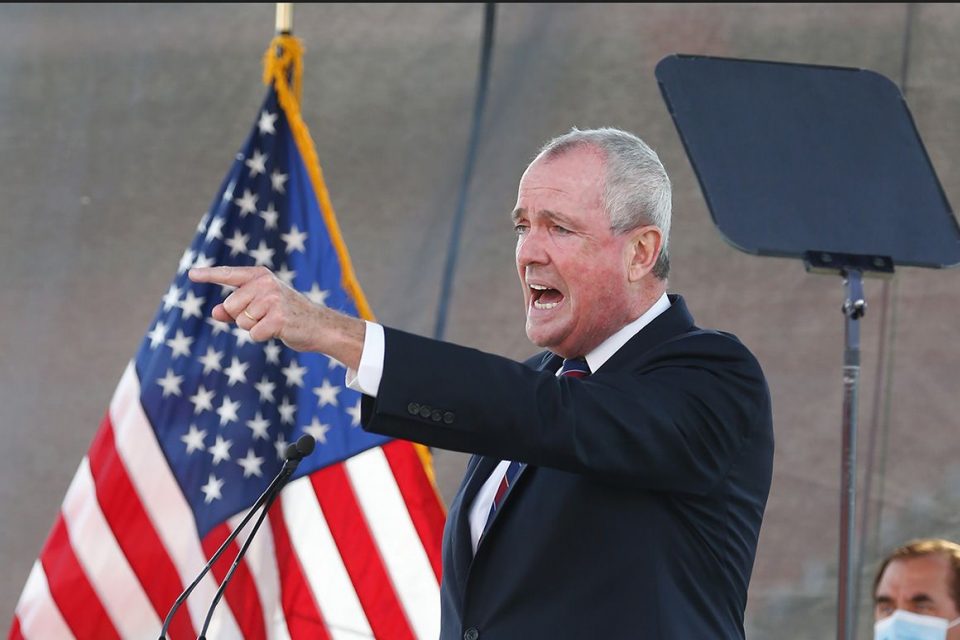The variety of Americans submitting new claims for unemployment benefits increased 52,800 to 891,500 in the week through Aug. 15, unadjusted for seasonal results, the Labor Department reported Thursday.
The increase, after steady development over the past month, might be an early indicator that financial momentum is now being undercut by failure to pass a new fiscal stimulus. After the joblessness information, Dow Jones futures slipped a bit more, pointing to a reasonably lower open.
The report also included some good labor market news, though it was a bit more stagnant. In the week of Aug. 8, 14.27 million Americans continued to claim regular out of work benefits, down 936,000 from the prior week. Due To The Fact That Republicans and Democrats have not agreed on a new stimulus package, those unemployed employees are now getting $600 less each week in unemployment benefits.
Factoring in seasonal changes, new claims for jobless advantages rose 135,000 to 1.106 million, about 140,000 more than Wall Street expected. (The seasonal multiplier is terribly off due to the coronavirus pandemic.)
Dow Jones, Treasury Yield Reaction
After the weekly report on welfare, Dow futures fell about 100 points or 0.4%. S&P 500 futures slipped 0.4%, while Nasdaq 100 futures alleviated 0.3%.
The Dow and more comprehensive stock market pointed lower prior to the unemployment data, following the release of the July Fed meeting minutes on Wednesday afternoon. Wall Street was dissatisfied by the apparent lack of any consensus to additional promote the economy and boost possession purchases.
A slightly softer reading on production activity from the Philadelphia Fed region likewise contributed to the tone.
The 10-year Treasury yield slipped 4 baes indicate 0.64%.
Unemployment Report Details
Claims for pandemic unemployment help rose 53,158 to 542,797 in the Aug. 15 week. Pandemic assistance opened out of work benefits to the self-employed, gig workers, and those who have tired routine benefits or have inadequate current work experience.
Including all types of benefits, Americans submitted 28.06 million continuing claims for joblessness benefits in the Aug. 1 week, down from 28.26 million the prior week. One person can file multiple claims for pandemic help, with extra claims associating with previous weeks. Pandemic support claims increased to 11.2 million from 10.7 million.
The disruption in the favorable initial claims trend comes as the summer season wave of Covid-19 cases continues to moderate, despite a growing variety of outbreaks among returning trainees and teachers. The IBD Covid Heat Map reveals that brand-new coronavirus cases have fallen over the past week in 32 states. Hospitalizations are down too, while deaths have started to turn the corner.
Some economists speculate that the stingier advantages might be playing a role in holding down the variety of claims for joblessness benefits.

Impact Of Lapsed Fiscal Stimulus
Without that extra $600 per week, routine unemployed help replaces roughly 38% of salaries and pertains to $371 each week for the typical earner.
President Trump’s executive order signed over the weekend after financial stimulus talks broke down would add back $400 of the extra $600 in weekly advantages. States are expected to chip in $100 of that $400 at a time when state federal governments are facing a big drop in tax profits. It’s unclear that lots of states will fill the gap. Even more, the supplement to regular benefits might not begin to show up till late August.
Given the lapse in enhanced work advantages and delay in the partial replacement, Jefferies economists estimate that non-reusable earnings will contract by almost 3% in August. That would bring the year-over-year boost to 3.6%, below almost 9% in July, raising the threat of a consumer downturn.
Trump likewise signed an order that would postpone employer payroll taxes for employees making up to $104,000 per week. If businesses select to get involved, they are expected to forward that sum to workers, who will be on the hook for repaying it later on, unless Congress provides them a pass. Yet jobless employees and dependents won’t get any new stimulus checks for the time being. The first round included $1,200 per adult and $500 per reliant.

